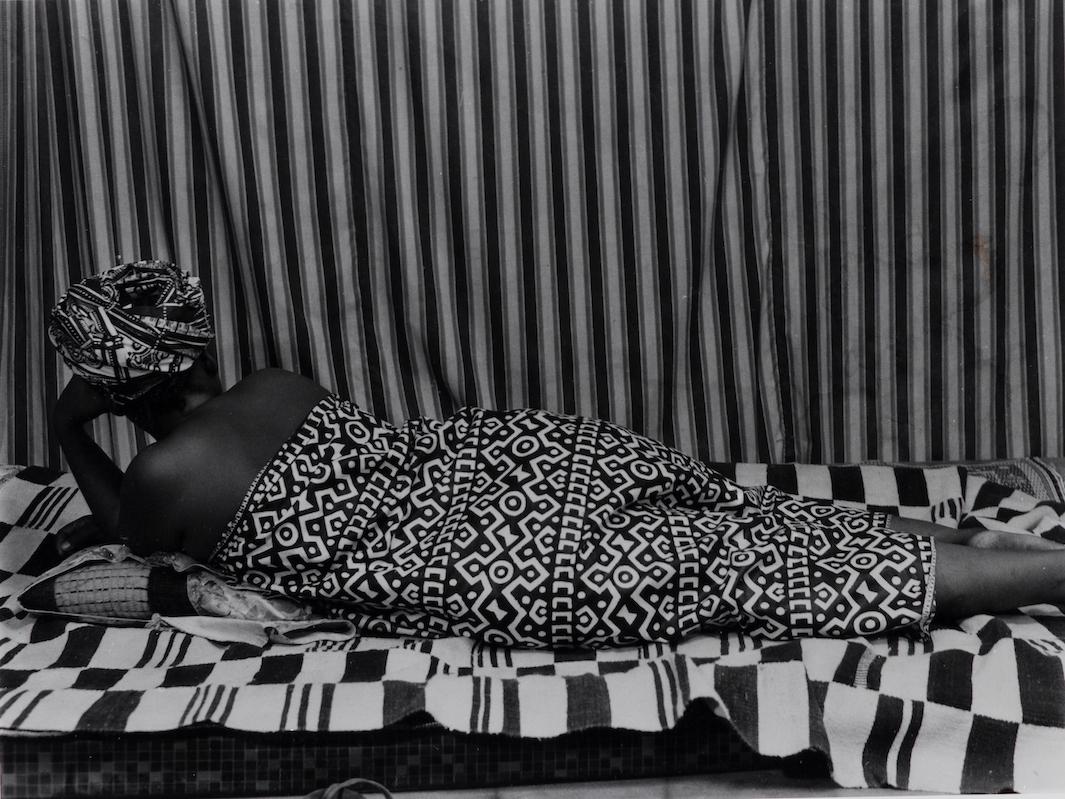With the death of Malick Sidibé last week, the world is mourning the loss of a towering figure in the African art world.
The 80-year-old photographer was best known for his black-and-white images of the stylish residents of his native Bamako, Mali, as the country transitioned from colonial rule to independence in the 1960s and beyond. Shot in his studio as well as at nightclubs and in the streets, these photos, as the Guardian’s Priya Elan notes, “changed the idea of black beauty in fashion.”
Sidibé’s body of work is much larger and more varied than often realized. An exhibition on display at New York’s Jack Shainman Gallery until Saturday focuses on Sidibé’s lesser-known pieces, including some that have not been exhibited previously. Many are taken outside the studio and show people at their jobs, climbing trees, and mugging for the camera in the streets.
“I hope visitors take away a sense of the tremendous range and diversity of Malick’s oeuvre. There are many more phenomenal works beyond the iconic images. Malick was a master of the highest order,” Shainman said.
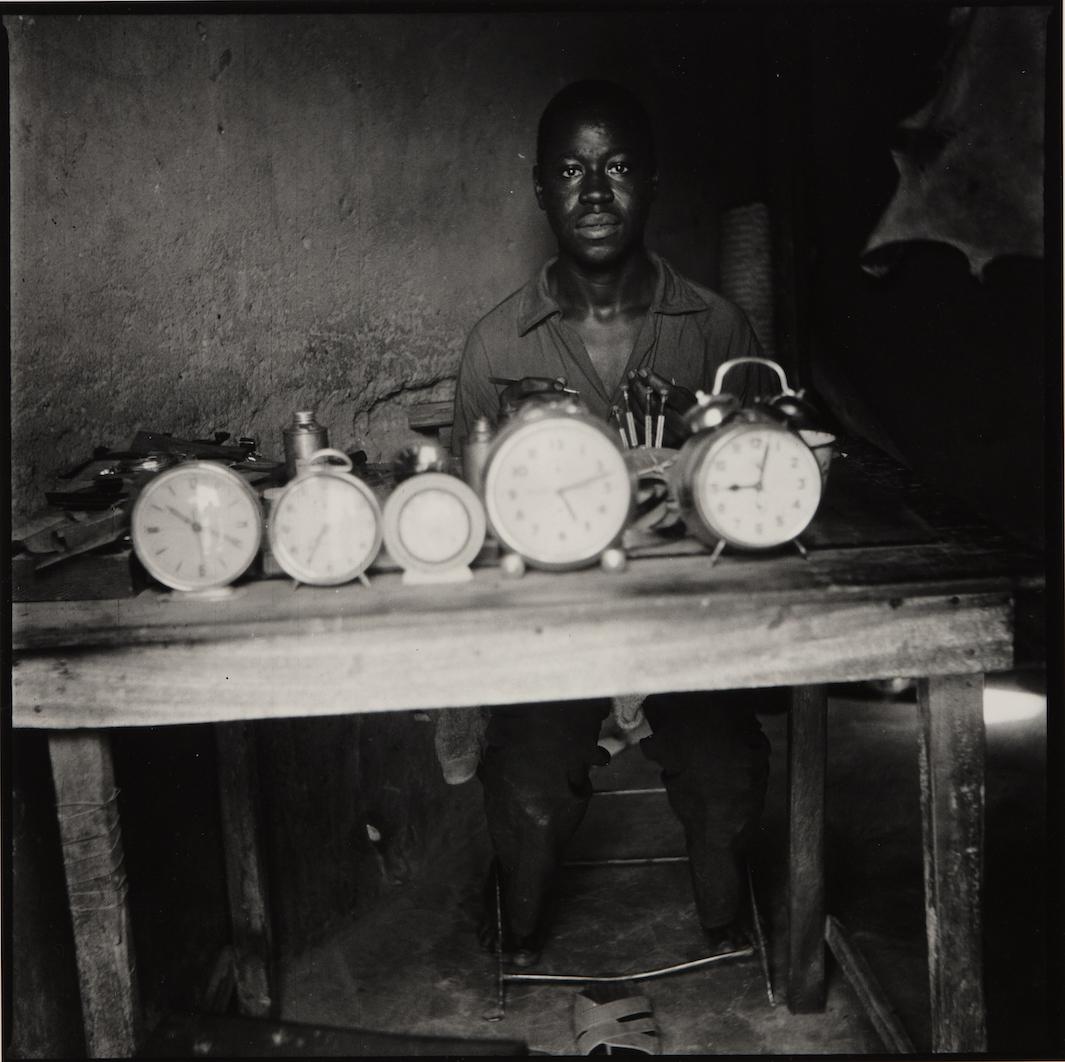
Courtesy of Malick Sidibé/Jack Shainman Gallery, New York

Courtesy of Malick Sidibé/Jack Shainman Gallery, New York
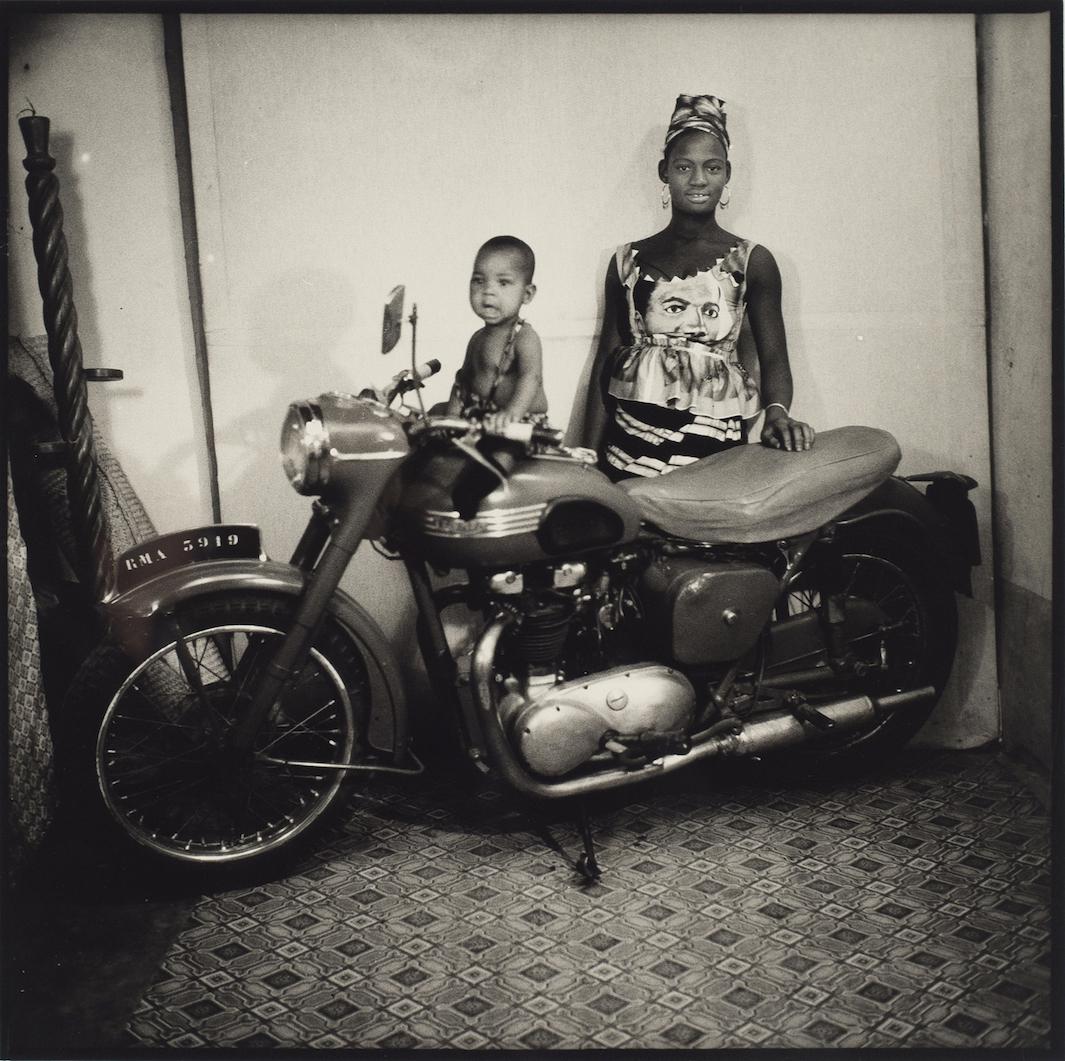
Mère et enfant à coté de la moto, 1965-2008.
Courtesy of Malick Sidibé/Jack Shainman Gallery, New York

Courtesy of Malick Sidibé/Jack Shainman Gallery, New York
The show also highlights what had been an ongoing series, “Vue de Dos,” with photos that depict women from his Mali neighborhood with their backs to the camera, often in a reclining position. The series, which hadn’t been displayed in Mali due to its relatively risqué nature, represented a new direction for the photographer.
“Before ‘Vue de Dos,’ Malick was focused primarily on his portrait practice and candid party and nightclub shots. When he started experimenting with female models in classic poses—such as the reclining nude—he was placing his work in the rich dialogue of art history,” Shainman said.
While another famous Malian photographer, Seydou Keïta, mostly focused his studio portraiture on the upper class, Sidibé distinguished himself by photographing the everyday citizens of his country and capturing a youthful spirit that reflected the joy of a nation enjoying new freedoms. Sidibé was the first member of his family to go to school, and he learned photography while working as an apprentice for the French photographer Gérard Guillat-Guignard. He only started to earn international recognition in the 1990s when a photographer and a curator from France came across his photographs. In the decades since, his work has been exhibited and collected by major art institutions around the world.
“I am proud to say his creative influence continues, with contemporary artists and musicians across pop culture still drawing inspiration from his iconic photographs, decades after he began his groundbreaking career. Malick’s dynamic celebration of life lives on in these joyful images,” Shainman said in a statement provided to Slate.
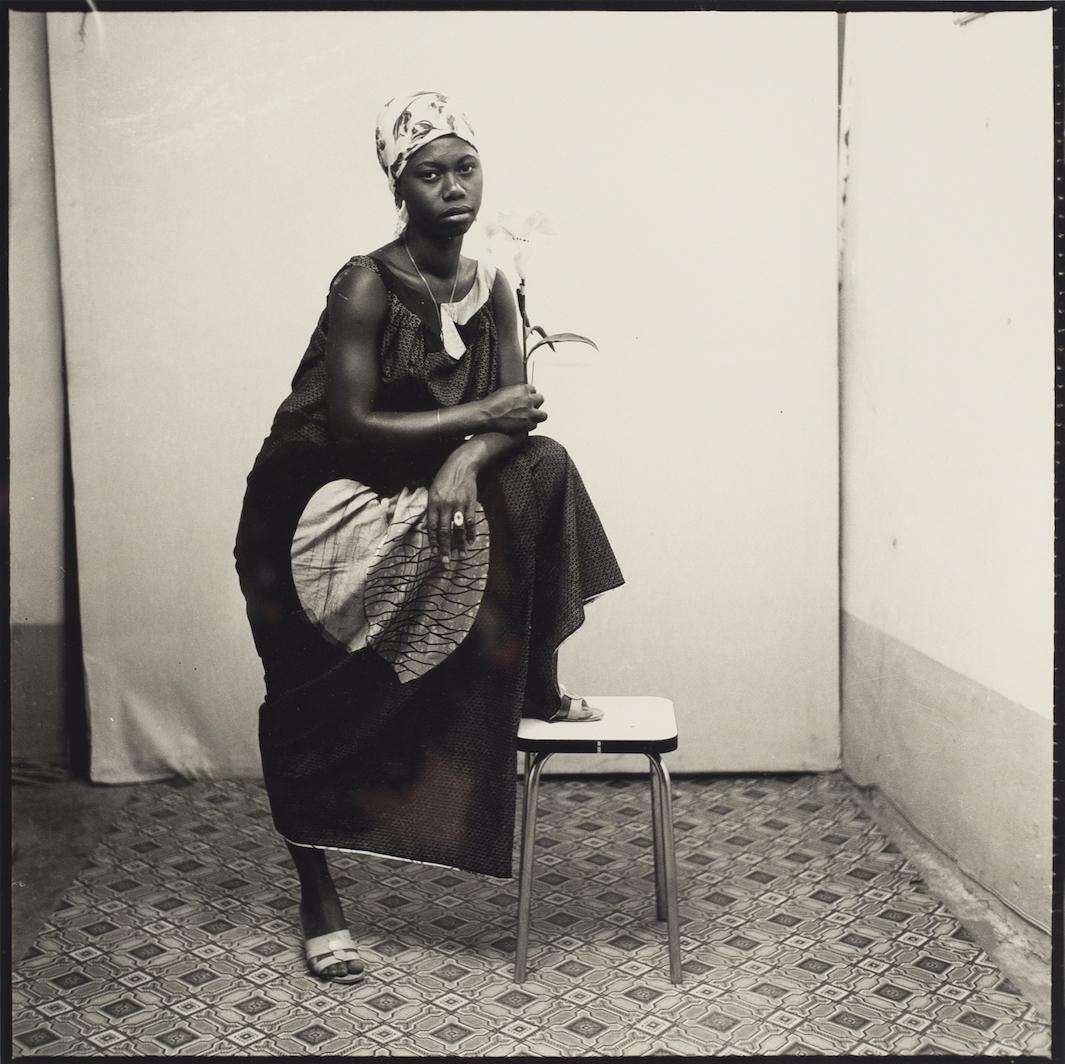
Courtesy of Malick Sidibé/Jack Shainman Gallery, New York
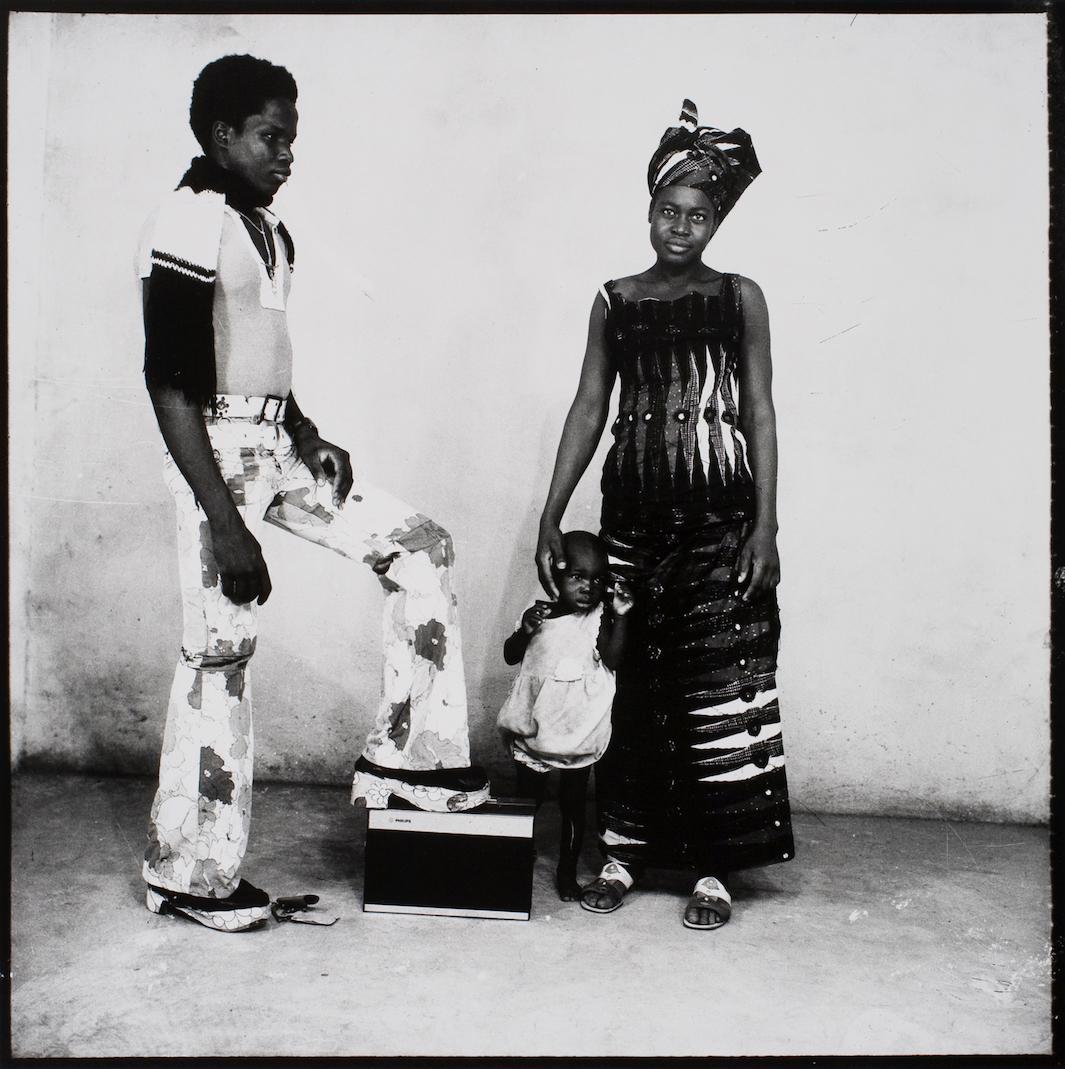
Courtesy of Malick Sidibé/Jack Shainman Gallery, New York
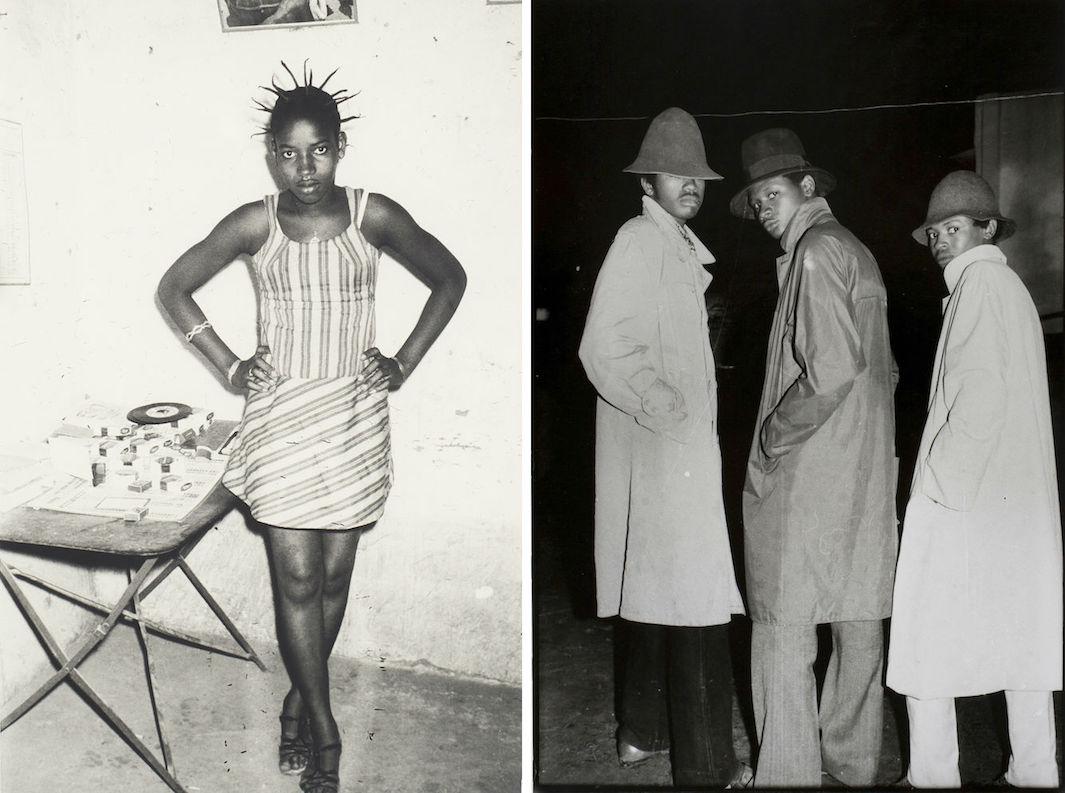
Courtesy of Malick Sidibé/Jack Shainman Gallery, New York

Avec mon nouveau sac, ma bague et mon bracelet, c. 1975-2001.
Courtesy of Malick Sidibé/Jack Shainman Gallery, New York
